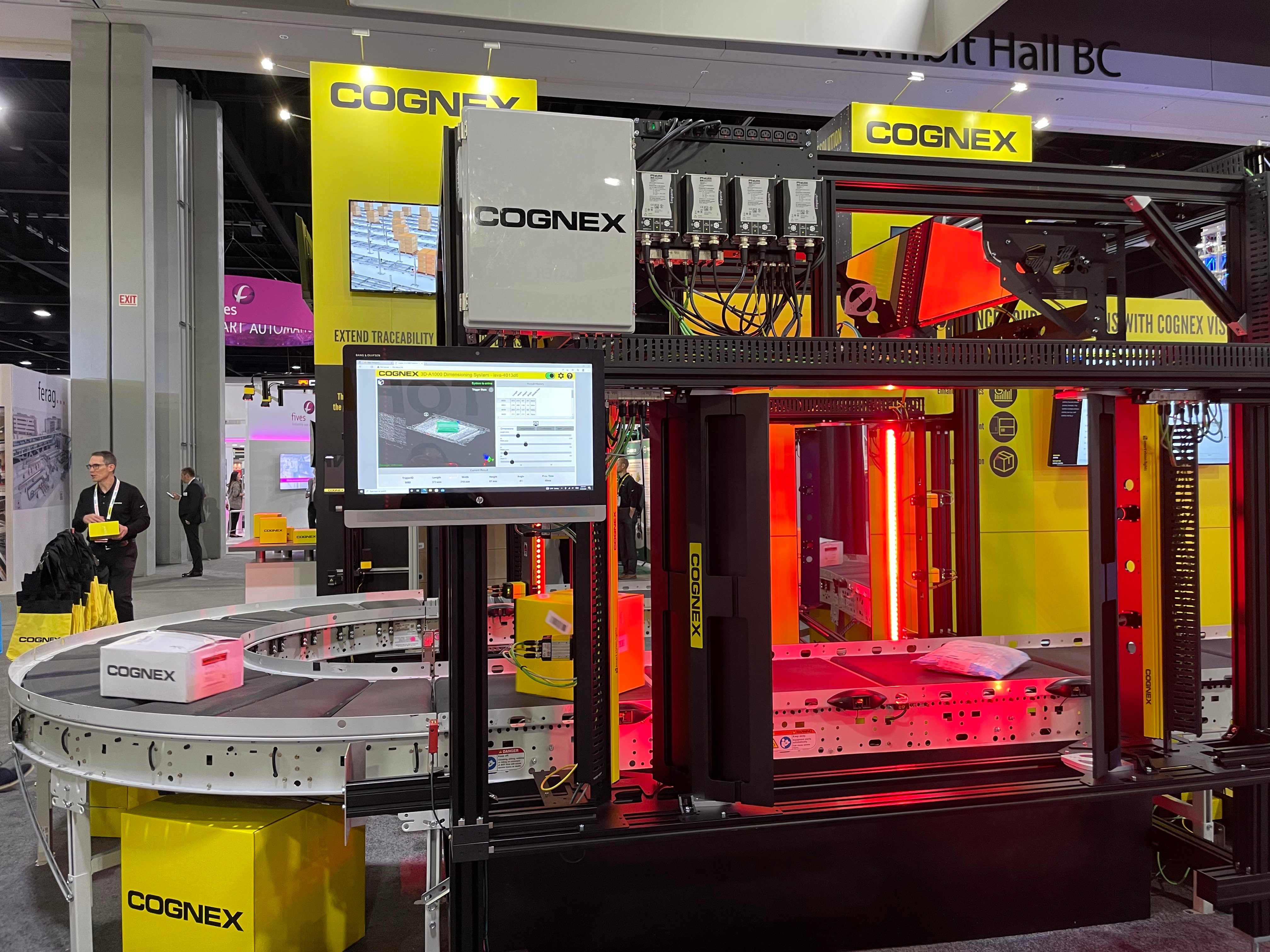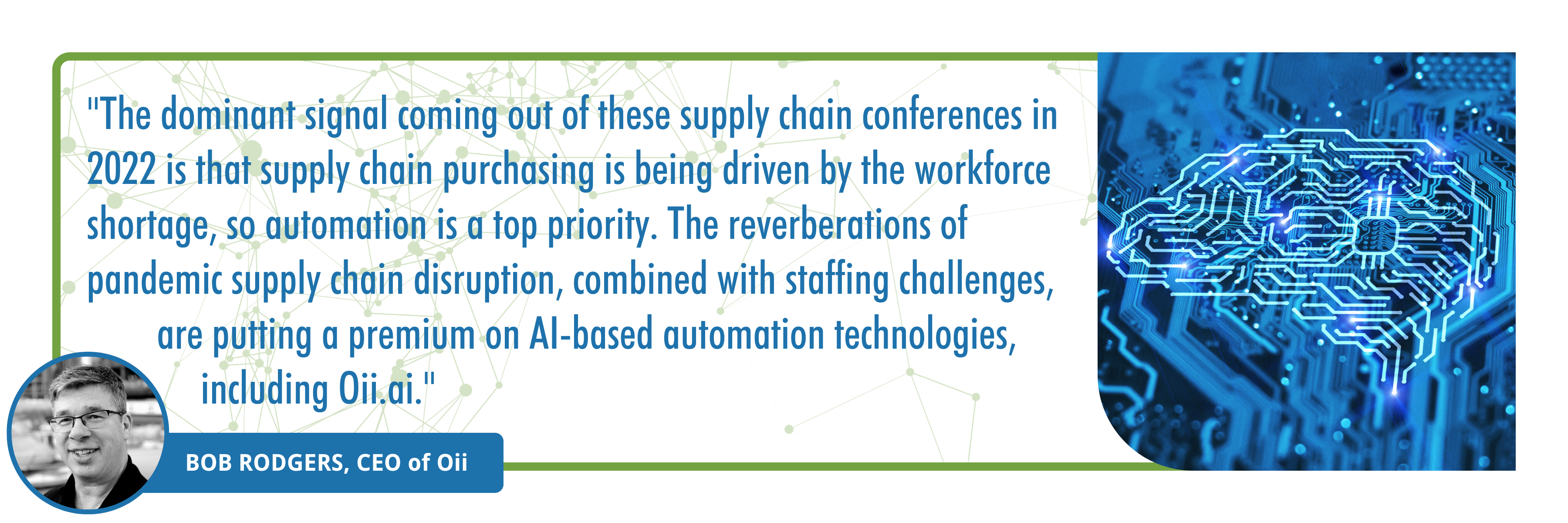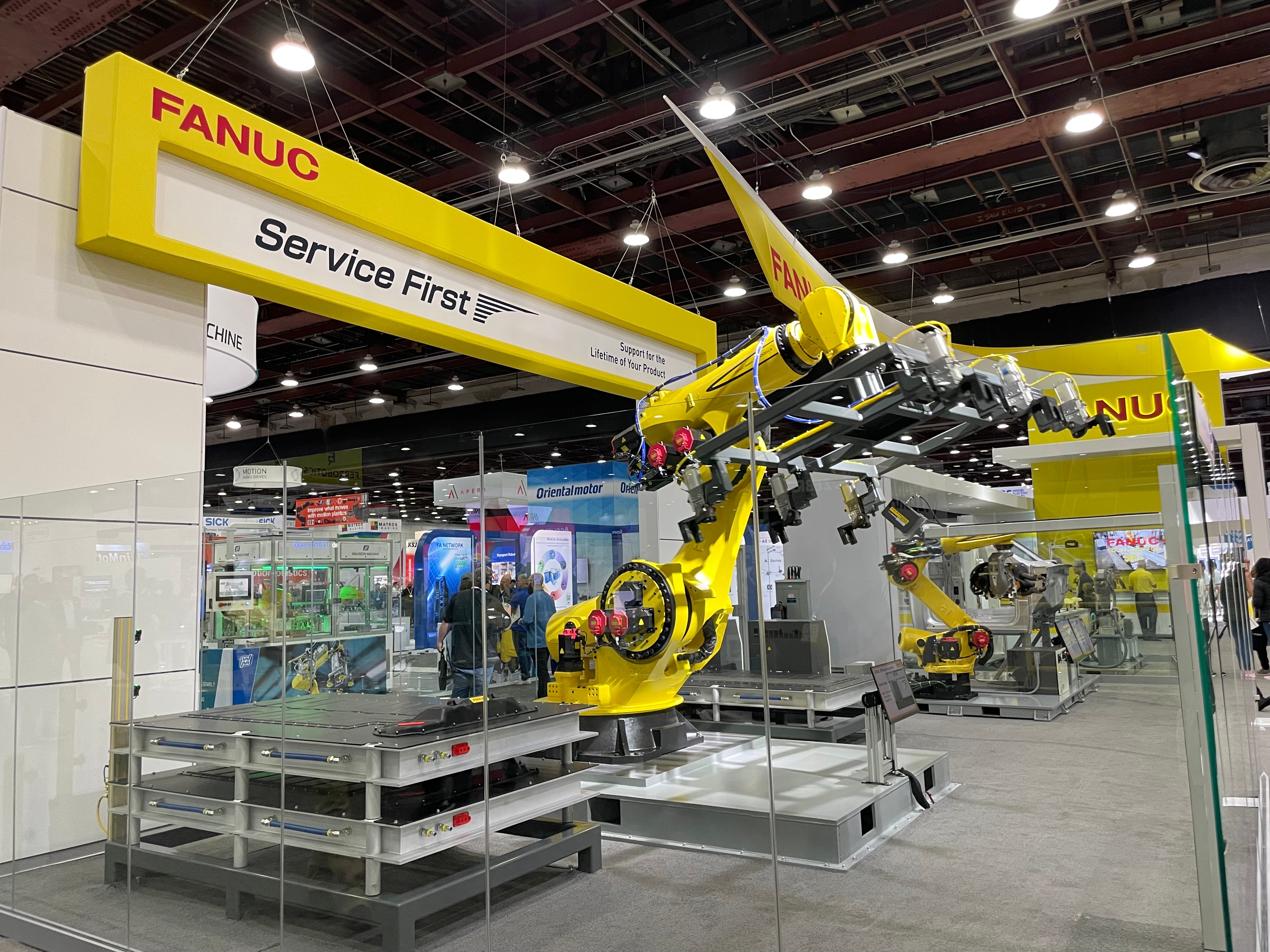Recent stresses on the supply chain have retailers and manufacturers calling in robots and automation to the rescue. The COVID-19 pandemic, labor shortages, and port delays exposed weaknesses across supply chain operations and inventory management. Now, those companies are seeking out technologies to help provide solutions to both fix current issues and leapfrog into a more automated, intelligent, and sustainable logistics platform.
After being shut down for over two years because of the pandemic, three of the largest manufacturing and supply chain industry events, Gartner Supply Chain Symposium, Automate 2022, and Modex, demonstrated to the world that in order to survive and grow in the digital world, companies need to embrace automation and AI quickly.
Over 37,000 registrants came together at Modex this year in Atlanta―that’s over 20% more attendees than prior to the pandemic. In Detroit, Automate had record attendance with more than 24,000 attendees, and over 75% of the exhibit booths are already sold out for the 2023 expo.
The biggest takeaways from all of these industry events? Demand remains very strong, the labor shortage is real, and companies want AI solutions to improve their decision-making process.
Innovative Tech & More Start-ups Than Ever
At Modex and Automate, hundreds of state-of-the-art companies showcased innovative technologies that will transform the supply chain industry. There was excitement in the air while companies gave demos of their latest advances in robotics, machine vision, and AI systems. What made these events more unique than previous years was the rising presence of start-ups on the exhibit floors. We are no longer relying on just a handful of industrial robotic providers to showcase their latest and greatest. Venture-backed companies were able to advance their next-generation robotic solutions that address some of the key performance metrics such as throughput and productivity figures.
Critical Conversations on Labor & Talent Shortages
At the annual Gartner symposium in June, the attendance of senior-level executives doubled what was initially anticipated, where they discussed how various forms of automation and next-gen robots can help address today’s challenges. C-suite executives and specialists covered topics such as the future of work, data analytics, and AI as well as discussed how they are navigating this inflationary environment while protecting their margins over the coming quarters.

These industry events really highlighted the increasingly influential role of the chief supply chain and procurement officer in the overall global economy and the growing labor shortage that is sweeping the landscape. Many people forget that Apple CEO Tim Cook joined Apple as SVP of global operations (supply chain + production). Almost every supply chain leader we spoke to said the labor problem appears to be getting worse and they are struggling to find a solution in the near to mid-term.
This was confirmed by the annual National Association of Manufacturers (NAM) survey. Finding, training, and retaining talent are among the biggest challenges plaguing the industry today. At the same time, Deloitte believes that the worker shortage, both in terms of unfilled jobs and the manufacturing skills gap, will cost the US as much as $1 trillion in 2030 alone by leaving over 2 million jobs unfilled.

Worker shortages will likely persist for years even after COVID-19 is under control. Many of the companies in both the ROBO index and THNQ index are providing the innovative solutions essential for their success in the future. For investors in disruptive technology, this presents an enormous growth opportunity beyond just logistics automation. We believe that this logistics overhaul is creating an opportunity that spans the entire scope of the technologies that are being applied to the supply chain.
Robots to the Rescue: Fully Automated Warehouses are Coming
Today’s next-generation AI-powered robots see, reason, and interact with their environment better than ever before. Thanks to the use of neural networks, these robots can operate at unprecedented speeds, with highly precise movements that help increase throughputs and reduce injury in warehouses and manufacturing plants. Put simply, robots can easily fill the gaps and worker shortages that are cracking the foundation of the supply chain.

In a warehouse setting, smart robots, AI, and automation are revolutionizing the supply chain, allowing for better integration capabilities and efficiency at all stages of the fulfillment process. The speed, flexibility, and mobility of today’s robots are proving that the technology is more dexterous than ever before. Automated picking technologies have vastly improved, and thus business use cases have expanded. Picking, sorting, and packing robots with AI and advanced machine vision technologies are about to transform the world of logistics automation.
Adopt-or-Die Mentality for Automating

Interestingly, costs for implementing these solutions are not the biggest factor for most supply chain executives today, but challenges lie in the complicated nature of the fulfillment center environment. Supply chain and procurement teams will continue to shift budgets based on tasks and departments, especially as the economy shows signs of slowing, but the pressure to find long-term solutions that actually work in real business settings will be deployed first.
Differentiated technologies that allow for optimization capabilities with strong ROI will always be coveted. It’s also becoming clear to us that integration and unification of robotic and software solutions to tie everything together for a smooth installation and deployment is one of the biggest challenges facing supply chain teams today. Innovation may take center stage, but integration of hardware and software solutions may be the holy grail in accelerating the adoption of robotic systems in many logistics centers.
What's Next for Automating the Supply Chain
Today, supply chain and procurement teams are increasingly working together and have accelerated their investment in innovations and robotic technologies to reduce the need for manual tasks and ultimately create a more appealing environment to the workforce.
The path forward is clear: Retailers will continue to reimagine their commerce strategies for years to come through the power of robotics, automation, and AI along with the business impact of e-commerce. Though we are very early in identifying the leaders of this supply chain shift, at ROBO Global, we believe that investors should be searching for broad-based exposure to the innovation occurring in the space.
ROBO Global Robotics and Automation (ROBO) is one way to capture the growth of the robotic revolution and capitalize on the growth of logistics automation and digital capabilities as investments around the supply chain process are poised to increase over the coming years.




